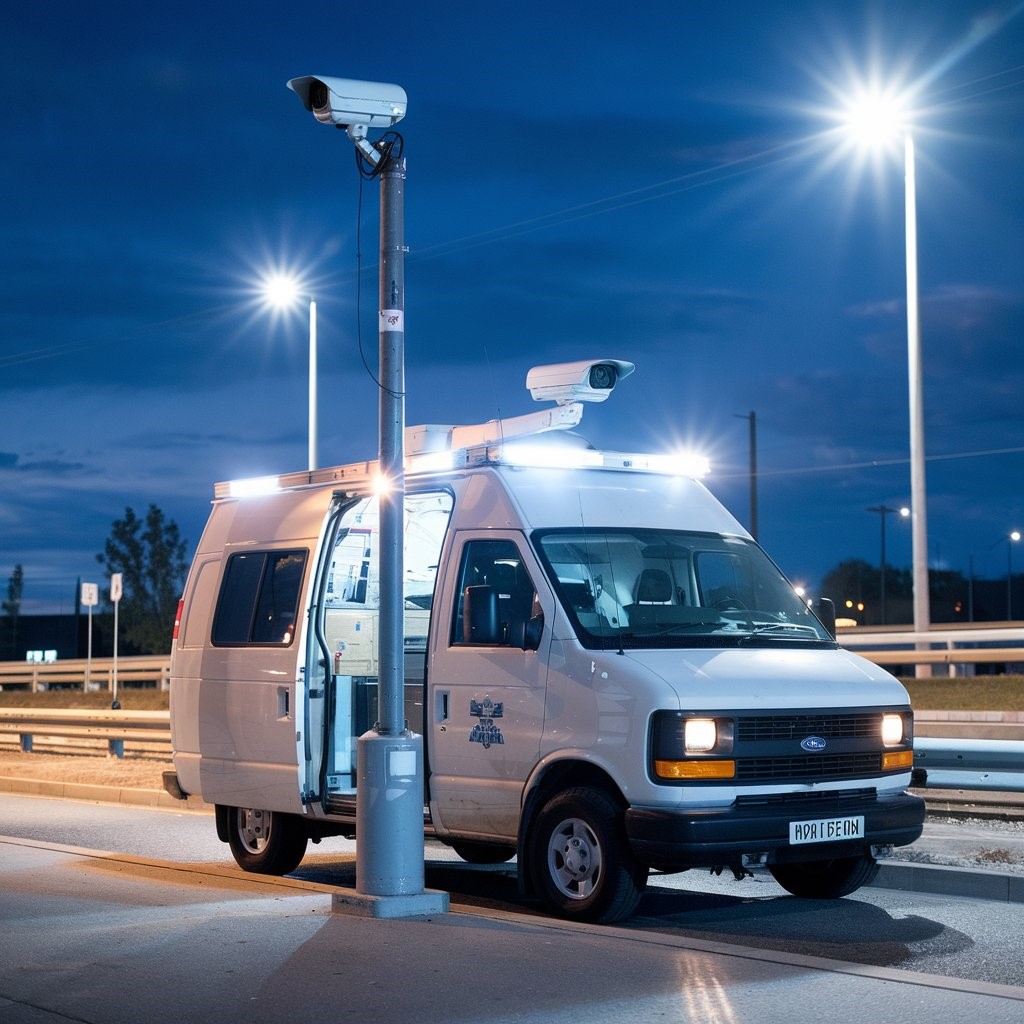The mobile video surveillance industry is poised for significant growth and transformation as advancements in technology reshape the landscape of security and surveillance. With an increasing focus on safety, crime prevention, and operational efficiency, the integration of artificial intelligence (AI), IoT devices, and advanced analytics is revolutionizing how surveillance systems operate. This article explores the key trends that are likely to define the future of mobile video surveillance over the next decade.
The global mobile video surveillance industry size is expected to be valued at USD 2.7 billion in 2024 and is projected to reach USD 3.9 billion by 2029; it is expected to grow at a CAGR of 7.9% from 2024 to 2029. With increasing urbanization, there is a higher demand for effective surveillance in urban areas, public transportation, and crowded spaces. Mobile video surveillance systems provide a flexible and dynamic solution to address the security challenges associated with urban environments.
1. Artificial Intelligence in Surveillance
Smart Detection Capabilities
AI technology is rapidly becoming a cornerstone of mobile video surveillance systems. Machine learning algorithms can analyze video feeds in real-time, enabling systems to detect unusual behaviors, recognize faces, and identify specific objects. This enhances the ability to respond quickly to incidents, providing security personnel with actionable insights that were previously unattainable.
Predictive Analytics
The integration of AI in mobile surveillance also facilitates predictive analytics. By analyzing historical data and recognizing patterns, AI can forecast potential security threats before they occur. This proactive approach allows organizations to allocate resources more effectively and implement preventive measures, enhancing overall safety.
2. Integration with IoT Devices
Interconnected Surveillance Systems
The future of mobile video surveillance lies in its seamless integration with IoT devices. As more devices become interconnected, surveillance systems can access data from various sources, such as smart sensors and alarms. This holistic approach enables a more comprehensive view of security situations and improves response times.
Enhanced Data Collection
IoT devices can gather additional data that enriches video surveillance systems. For example, environmental sensors can provide context to video feeds, such as weather conditions or traffic patterns, offering valuable insights for law enforcement and security teams.
Download PDF Brochure @
https://www.marketsandmarkets.com/pdfdownloadNew.asp?id=28819736

3. Advanced Analytics and Data Management
Big Data Utilization
The increasing volume of data generated by mobile video surveillance systems necessitates advanced analytics and effective data management strategies. Organizations are adopting big data technologies to analyze vast amounts of video and sensor data, extracting meaningful insights that can inform decision-making processes.
Automated Reporting
Advanced analytics tools can automate the generation of reports, summarizing key events and trends from surveillance data. This streamlining of reporting processes allows security personnel to focus on critical tasks rather than manual documentation, improving overall efficiency.
4. Enhancing Real-Time Monitoring Capabilities
Cloud-Based Solutions
The shift towards cloud-based surveillance solutions is a significant trend in the mobile video surveillance industry. Cloud technology allows for scalable storage, remote access, and seamless updates to surveillance systems. This flexibility ensures that security personnel can monitor live feeds from anywhere, facilitating rapid response to incidents.
Mobile Accessibility
With the growing reliance on smartphones and tablets, mobile accessibility is becoming a key feature of modern surveillance systems. Security personnel can receive alerts, view live feeds, and control surveillance devices directly from their mobile devices, enhancing their ability to respond quickly and effectively to incidents.
5. Predictions for the Next Decade
Continued Innovation
As technology continues to evolve, the mobile video surveillance industry is expected to witness continuous innovation. Developments in AI, IoT, and data analytics will drive new capabilities, enabling more intelligent and efficient surveillance systems.
Increased Demand for Security Solutions
The growing concerns over safety and security in public spaces, transportation hubs, and commercial properties will drive demand for advanced mobile video surveillance solutions. Organizations will increasingly invest in these technologies to ensure the safety of their assets and personnel.
Enhanced Regulatory Compliance
As surveillance technologies become more prevalent, regulations surrounding privacy and data protection will evolve. Companies will need to adapt their systems to comply with these regulations while ensuring effective security measures.
The future of the mobile video surveillance industry is characterized by rapid technological advancements and an increasing demand for robust security solutions. By leveraging artificial intelligence, integrating IoT devices, utilizing advanced analytics, and enhancing real-time monitoring capabilities, organizations can stay ahead of emerging threats and improve overall safety. As the industry evolves, stakeholders must embrace innovation and adaptability to thrive in this dynamic landscape. The next decade promises to reshape the way we think about surveillance, driving new opportunities and challenges for security professionals worldwide.
